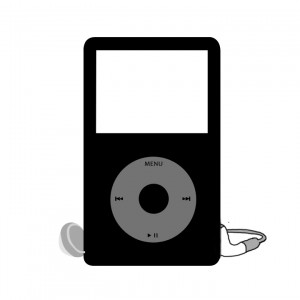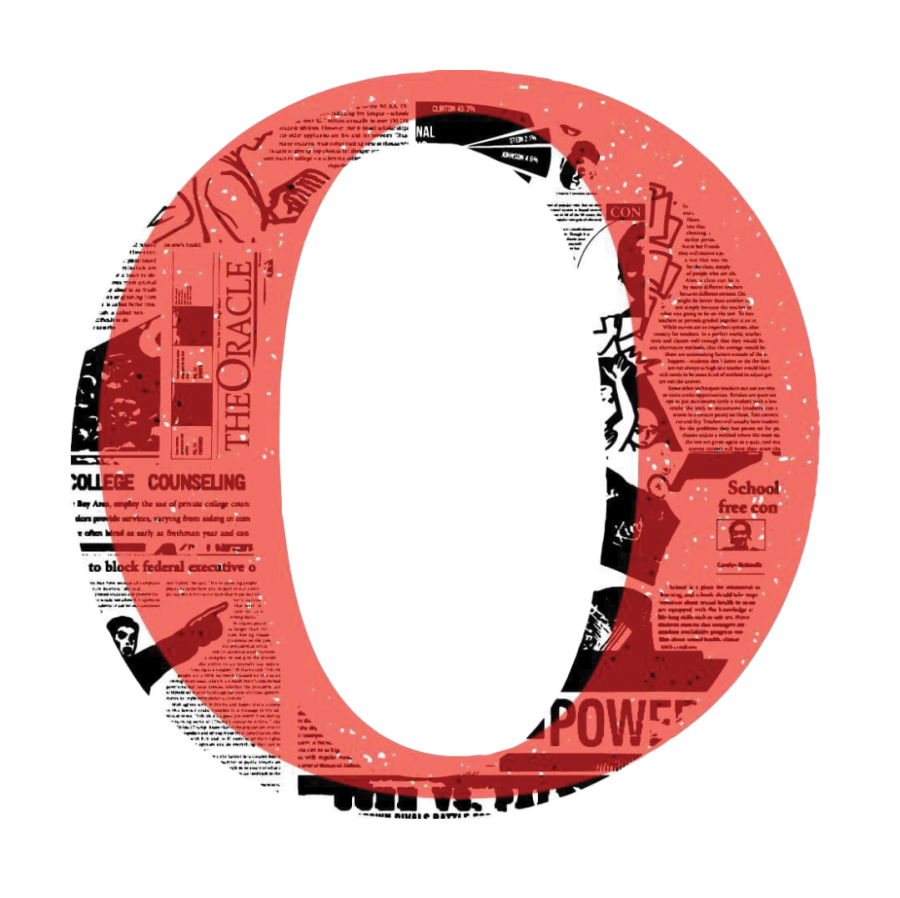By: Monica Cai
Graphics by: George Hwang, Lisa Wu and Alvina Yau
 Record Player (1929): By the late 19th century, the phonograph had become the “music machine” and by 1929, had fully converted to playing records. The record player introduced musicians to the ordinary people of America and the device soon became a staple in the American household. Its popularity lasted for decades and both artists and radio stations came to depend upon the 16-inch wide disc and its revolutionary player.
Record Player (1929): By the late 19th century, the phonograph had become the “music machine” and by 1929, had fully converted to playing records. The record player introduced musicians to the ordinary people of America and the device soon became a staple in the American household. Its popularity lasted for decades and both artists and radio stations came to depend upon the 16-inch wide disc and its revolutionary player.
Jukebox (1940): The first jukebox was called a nickelin- the-slot phonograph. The jukeboxes only played one record and people would often sit in phonograph parlors and listen with headphones. In 1918, Hobart C. Niblack transformed the music scene by building a device that could automatically change records. The previously quiet phonograph parlor became a loud crowded room with several jukeboxes blasting music. The jukebox hit its peak of popularity in the 1940s and 1950s, when teenagers would crowd into juke joints to eat, socialize and listen to the rock and roll their parents wouldn’t allow at home. It was the center of youth during its prime and is a symbol of the culture of those decades.
 Discman (1980): Probably the first device teens can actually remember using, the first Sony Discman was released in 1984, but its name was later changed to the CD Walkman in 2000 to carry off the company’s former success with personal cassette players. Like the Walkman, the Discman was a portable music player, only this time users could play CDs instead of tapes. It featured basic controls like pause, fast-forward and rewind, which was all people really needed at the time. Back in the day, the Walkman was the coolest thing around and the first truly personalized, highly technological listening advice of our generation.
Discman (1980): Probably the first device teens can actually remember using, the first Sony Discman was released in 1984, but its name was later changed to the CD Walkman in 2000 to carry off the company’s former success with personal cassette players. Like the Walkman, the Discman was a portable music player, only this time users could play CDs instead of tapes. It featured basic controls like pause, fast-forward and rewind, which was all people really needed at the time. Back in the day, the Walkman was the coolest thing around and the first truly personalized, highly technological listening advice of our generation.
Apple Inc. (2011): The first iPod hit shelves only 11 years ago. Steve Jobs announced it as a product with a five GB hard drive that put “1,000 songs in your pocket.” What was revolutionary 11 years ago is now a relic as far as music technology goes. Apple continued to innovate as they perfected the iTunes platform, and expanded on the first iPod. Today, it is hard to find someone that isn’t listening to music on an iPod Shuffle, Nano, or iPhone.










